Lastly, if you are a contractor in Canada, the price of an ISNetworld® subscription is slightly cheaper than in the United States. Look at the price below to determine the ISNetworld® subscription cost for your company size. Please note that the employee count is based on a three-year average.
RAVS® stands for “Review and Verification Services”. When you are applying for certification through ISNetworld®, this is the section where you upload your safety programs. ISNetworld® uses the information in this section to verify everything from safety procedure development to the effectiveness of your company safety programs. Overall, your RAVS® programs will account for 30% – 40% of your ISNetworld® grade. By receiving a good grade on your RAVS®, you prove to clients that your company is abiding by contemporary industry safety standards.
Most company ISNetworld® accounts have approximately 10 – 40 RAVS® sections that need to be custom written and submitted for review. Each individual section outlines a specific safety program. For instance, if your company primarily remodels old buildings, you will likely need an Asbestos Awareness Program, a Fall Protection Program, and an Emergency Action Plan Program, among others. You may also be asked by your Owner Client to create TRAVS®, which stands for Training Review and Verification Services. If your Owner Client has requested TRAVS®, you must document your employee training process for the specified sections.
If this is your first time signing up for ISNetworld® certification deciding which safety programs to the document can seem like a rather daunting task. However, you will actually determine how to set up your RAVS® safety programs based on the needs of your Owner Client. There is also a general standard format for successful RAVS® programs. The best RAVS® safety programs are under 10 pages, and they each contain evidence to answer your Owner Client questionnaire, customized headers & footers with your full company name, and page numbers. If your client has requested TRAVS®, the affected sections will also include program-specific training sheets. If you choose to work with First Compliance Safety, we customize all of your RAVS® sections to the specific needs of your business. Once we have written these programs, we upload them to your ISNetworld® account and answer each of the questions on that program requested by your client.
So you finish all your paperwork, wait two weeks for the ISNetworld® review process, and find that one of your RAVS® sections has been rejected. What do you do? First, look at your grading components and review the gap report provided by ISNetworld®. This will show you exactly which areas in your safety program are affecting your grade.
Learn how to improve your ISN® grade here. Next, work with your Owner Client to clarify their needs and resolve these issues. Once you have adjusted your RAVS®, you can reapply for certification. This process, again, takes two weeks, so a rejected safety program can be a real impediment to time-sensitive contracting work. First Compliance Safety guarantees 100% Owner Client approval and ISNetworld® scoring with our customized safety programs. If you decide to put your certification into our hands, you will never have to worry about a rejected safety program again.
Proper oil and gas industry safety programs are required for this high-risk industry. As a matter of fact, it is one of the most hazardous industries in the world. This industry’s fatality rate was seven times higher than all other industries between 2003 and 2010. If you work within the oil and gas industry, it is crucial that you understand and manage its implicit hazards. By following proper safety programs and responding to warning signs on the job, you can create a more secure environment for all workers.
Here is a list of common hazards within the oil and gas industry:


This may seem obvious, but on-site accidents often occur due to insufficient communication between coworkers. If employees are not on the same page when it comes to positioning and procedure, especially concerning potentially lethal vehicles and equipment, then the likelihood of injury or death increases dramatically.

Often, worksites for the oil and gas industry exist in remote locations. Therefore, various vehicles are required for transporting workers and equipment to and from these worksites. Vehicle collisions are responsible for approximately 4 out of 10 deaths within the oil and gas industry, making transportation the most hazardous activity within the industry.



Often, worksites for the oil and gas industry exist in remote locations. Therefore, various vehicles are required for transporting workers and equipment to and from these worksites. Vehicle collisions are responsible for approximately 4 out of 10 deaths within the oil and gas industry, making transportation the most hazardous activity within the industry.
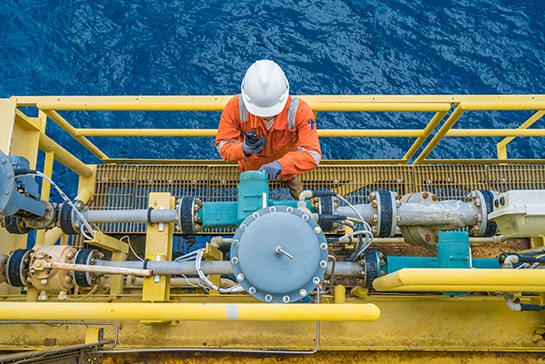

Struck by/Caught in/Between accidents occur when a worker’s body part is hit, pinched, compressed, or pushed by either equipment or environmental components within the worksite. These kinds of accidents are especially gruesome, and they account for approximately 3 out of 5 on-site fatalities in the oil and gas extraction industry. Struck by/Caught in/Between accidents include collapsing materials, limbs pulled into unguarded machinery, and being pinned between equipment and environmental fixtures.

The oil and gas industry contains an inherent risk of explosion or fire due to the extreme flammability of its materials. Flammable gases, such as hydrogen sulfide, can leak from trucks, wells, or on-site production equipment in a rather insidious manner. Common ignition sources include open flames, cigarettes, lightning, welding equipment, electrical circuits, and frictional heat.
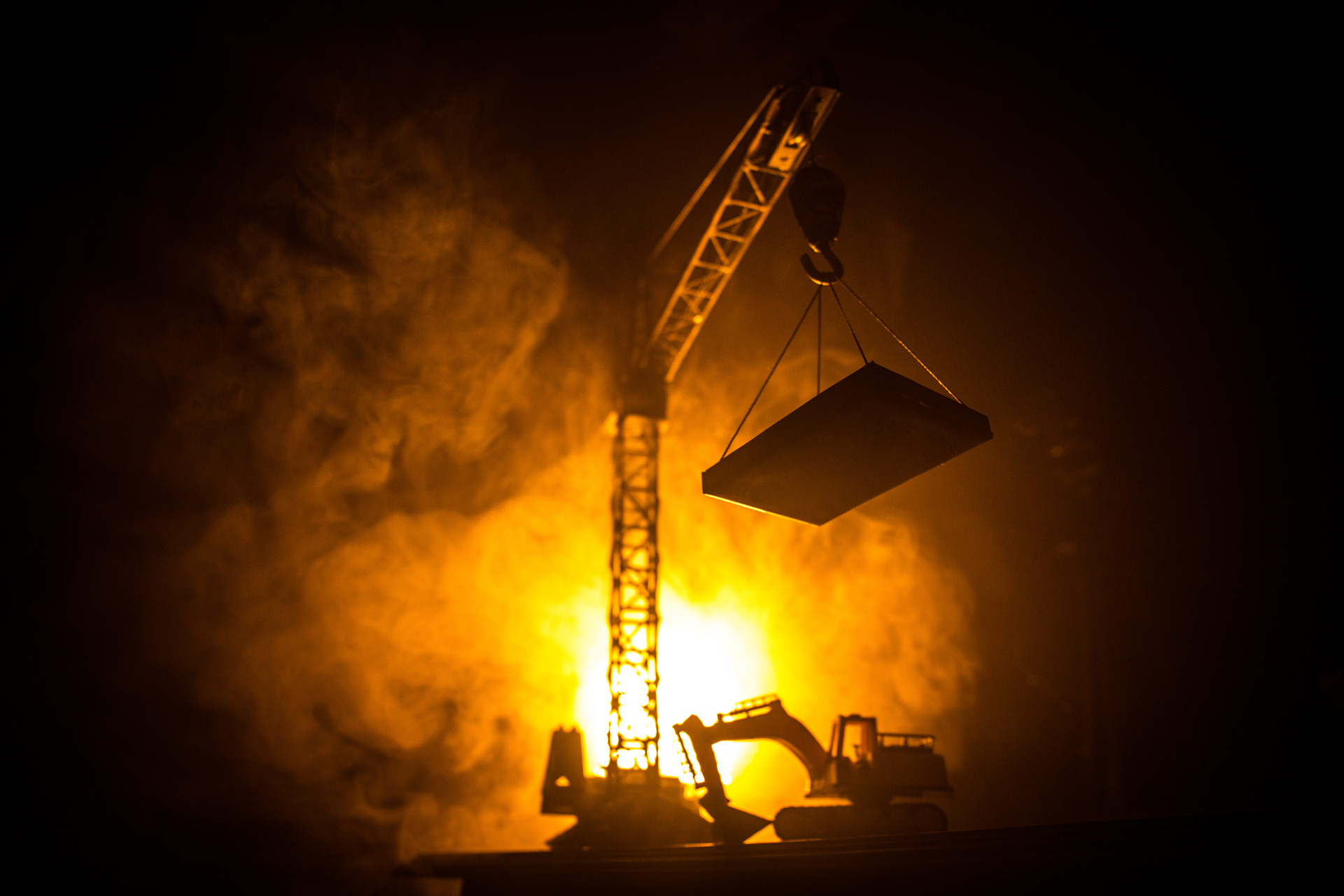


Struck by/Caught in/Between accidents occur when a worker’s body part is hit, pinched, compressed, or pushed by either equipment or environmental components within the worksite. These kinds of accidents are especially gruesome, and they account for approximately 3 out of 5 on-site fatalities in the oil and gas extraction industry. Struck by/Caught in/Between accidents include collapsing materials, limbs pulled into unguarded machinery, and being pinned between equipment and environmental fixtures.
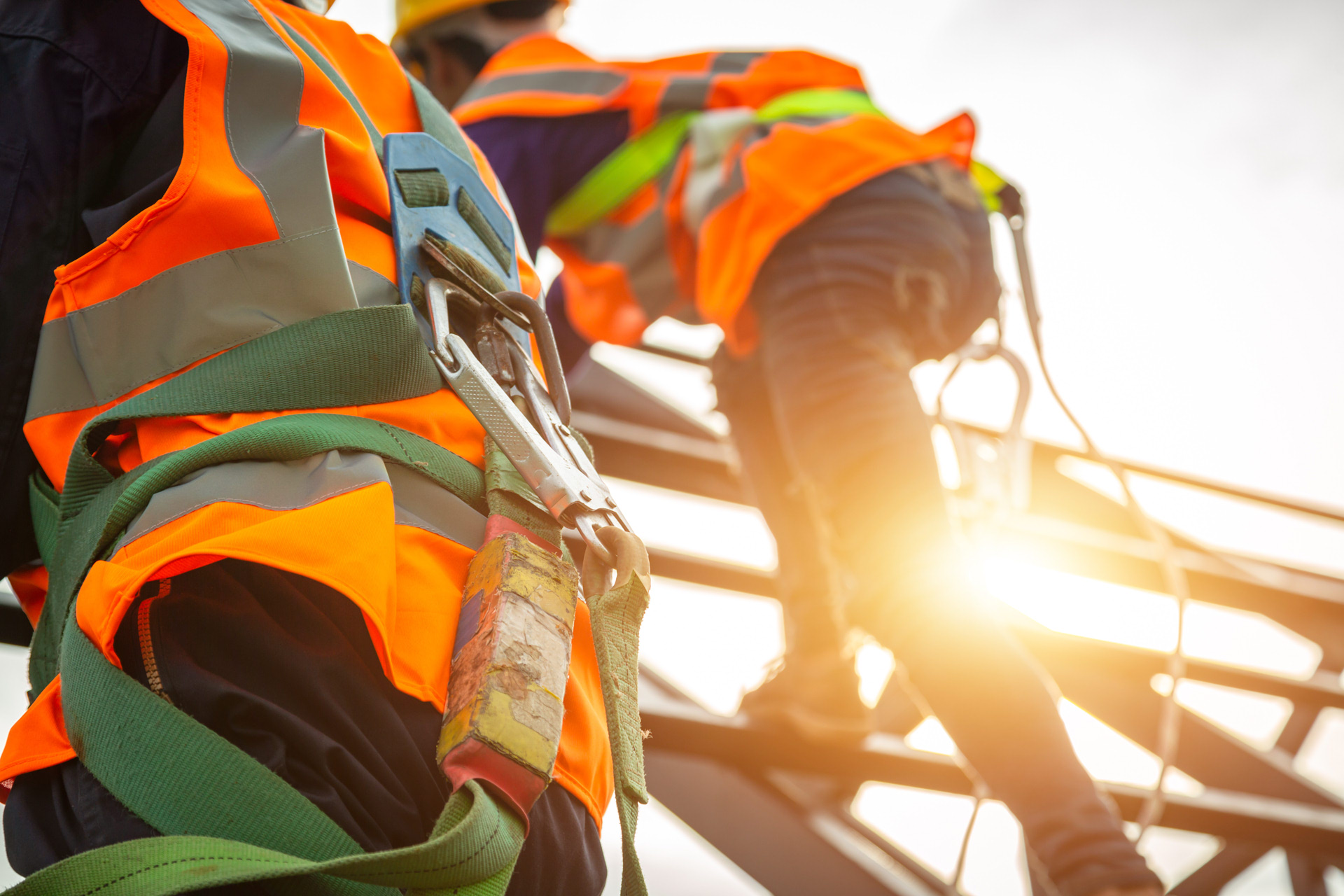

The oil and gas industry contains an inherent risk of explosion or fire due to the extreme flammability of its materials. Flammable gases, such as hydrogen sulfide, can leak from trucks, wells, or on-site production equipment in a rather insidious manner. Common ignition sources include open flames, cigarettes, lightning, welding equipment, electrical circuits, and frictional heat.

Workers in the oil and gas industry often enter confined spaces such as petroleum storage tanks, mud pits, and reserve pits. Within these confined spaces, workers can risk exposure to hazardous chemicals and the potential ignition of flammable gases.



Workers in the oil and gas industry often enter confined spaces such as petroleum storage tanks, mud pits, and reserve pits. Within these confined spaces, workers can risk exposure to hazardous chemicals and the potential ignition of flammable gases.
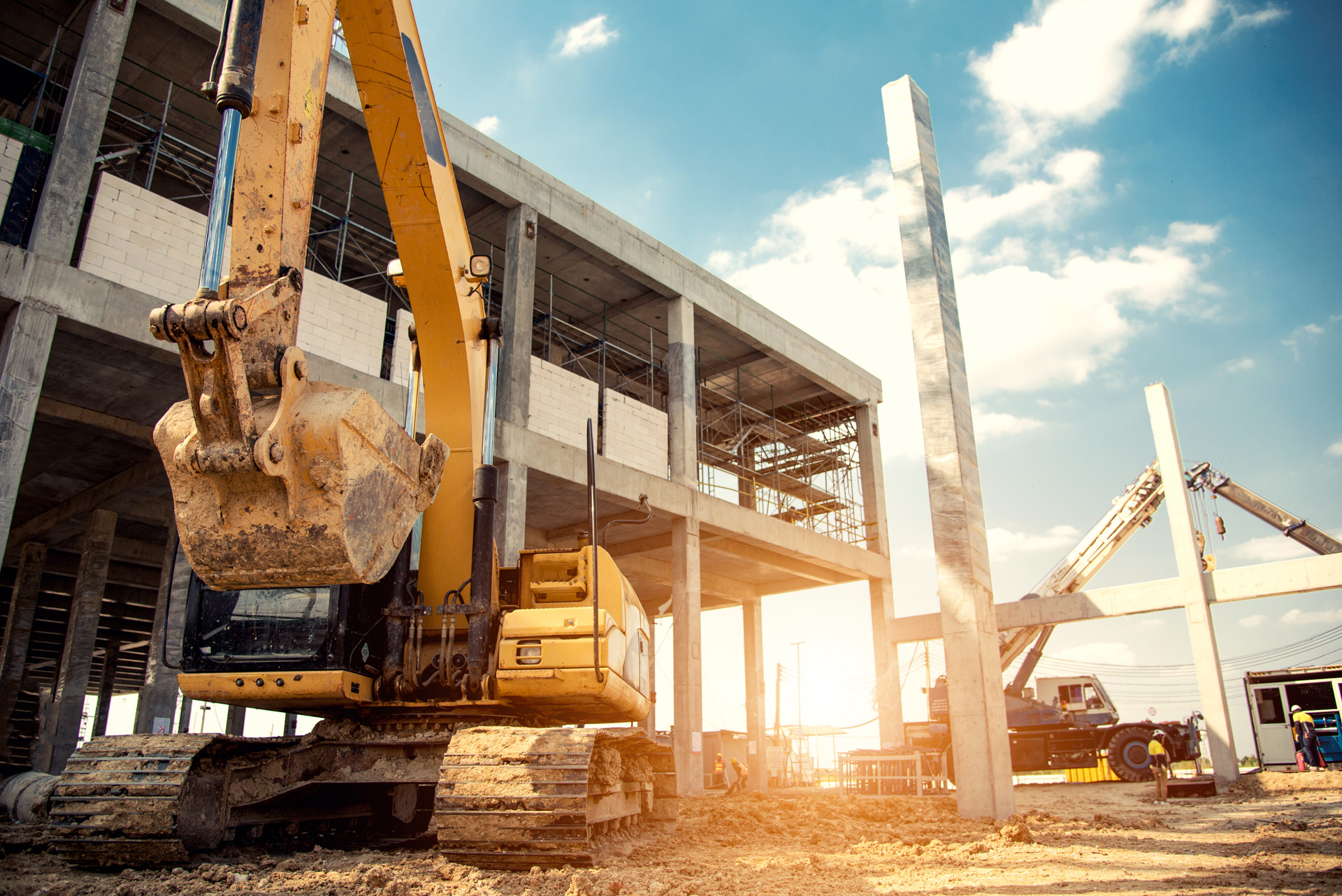

The heavy-duty machinery required for drilling, extraction, and servicing within the oil and gas industry contains risk due to the weight and power of the equipment. Machinery in the hands of an inattentive, untrained, or careless worker can be absolutely devastating to a worksite. Additionally, machinery must be properly maintained to ensure the safety of all operators and on-site workers.

Workers face the risk of shock or electrical fire if equipment is not designed, installed, or maintained properly.



Workers face the risk of shock or electrical fire if equipment is not designed, installed, or maintained properly.
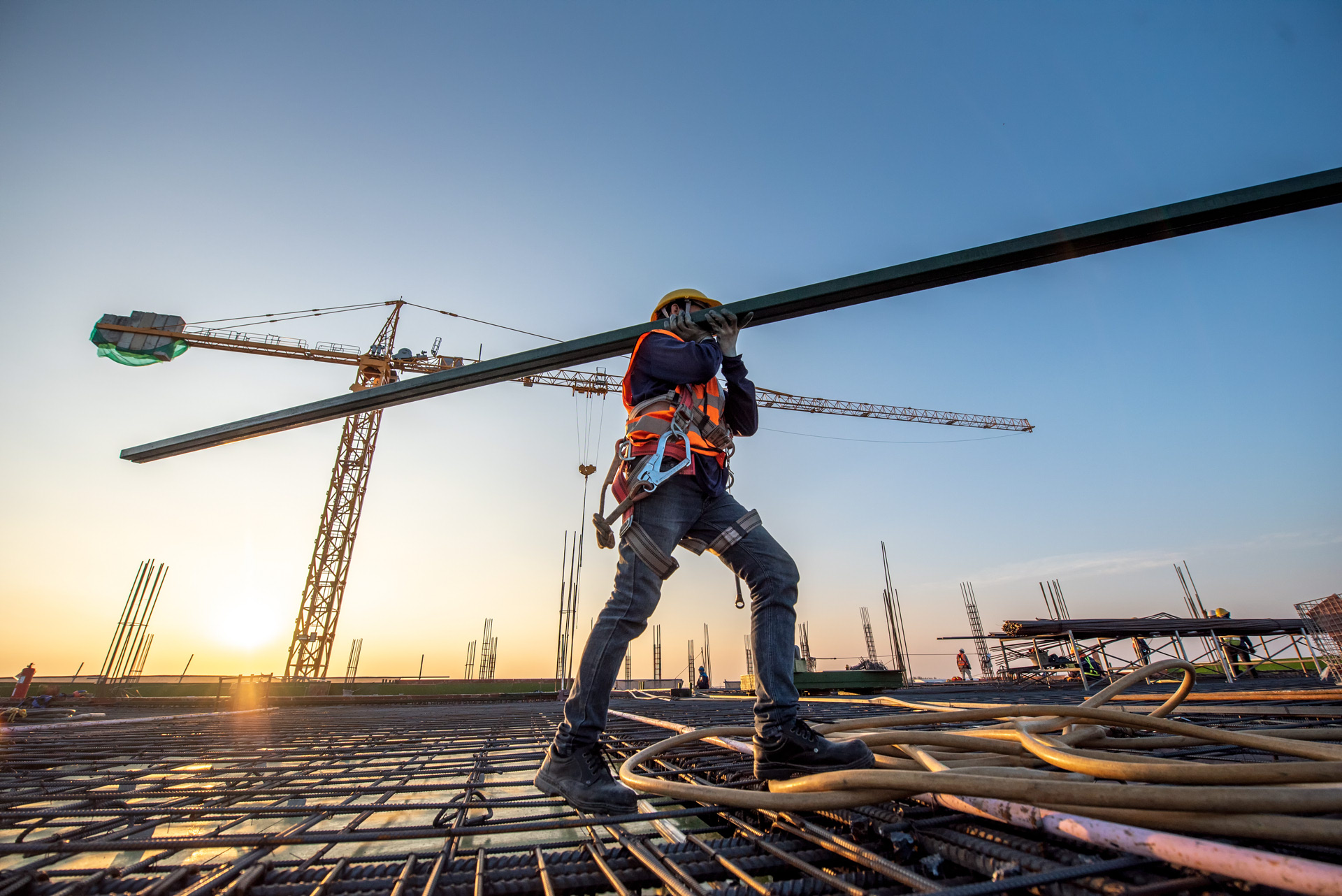

Workers face the risk of harm to their bodies due to the lifting of heavy materials, as well as strenuous or awkward positions that may be required for various tasks.
If you have applied for industrial compliance certification and been rejected due to insufficient safety programs, then this is a sign for you to modify your safety programs. Even if your company has a satisfactory EMR, proper safety programs are essential for training new hires and ensuring all employees are on the same page.
If you have passed certification, you may still consider rewriting or modifying your safety programs after a workplace incident or injury. It is best to look at every workplace incident as something that could have been prevented with better training. Remember, it only takes a blind eye for a single incident to become a pattern. Keep thorough records of OSHA-recordable incidents and workers’ compensation so you can stay on top of safety trends within your workplace, and schedule frequent training programs to ensure all employees understand how to work on-site in a safety-minded manner.
First Compliance Safety LLC is an independently-owned company. First Compliance Safety LLC is in no way endorsed, sponsored, approved by, or otherwise affiliated with Avetta®, NCMS®, ComplyWorks®, ISNetworld®, PICS®, CanQual®, Cognibox® & Veriforce®.
*ISN®, ISNetworld®, RAVS®, T-RAVS™ and MSQ™ are trademarks or registered trademarks of ISN Software Corporation.
First Compliance Safety LLC is an independently-owned company. First Compliance Safety LLC is in no way endorsed, sponsored, approved by, or otherwise affiliated with Avetta®, NCMS®, ComplyWorks®, ISNetworld®, PICS®, CanQual®, Cognibox® & Veriforce®.
*ISN®, ISNetworld®, RAVS®, T-RAVS™ and MSQ™ are trademarks or registered trademarks of ISN Software Corporation.
© Copyright 2024 First Compliance Safety LLC All Right Reserved